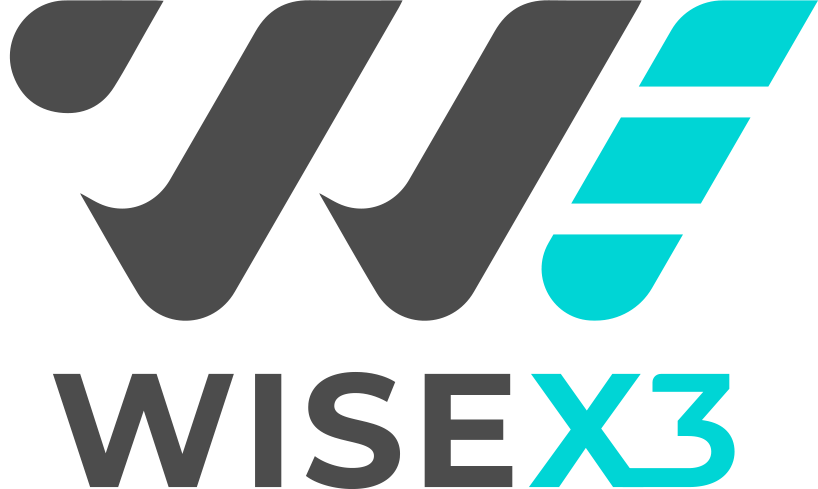In today’s competitive digital world, SEO (Search Engine Optimization) is still critical for businesses to increase their visibility and attract quality organic traffic. With search algorithms constantly evolving, it’s crucial to stay on top of the most effective strategies.
Here are 10 SEO strategies you should know and apply in 2024 to stand out in search engines.
Voice Search Optimization
With the growth of virtual assistants, such as Siri, Alexa, and Google Assistant, optimizing content for voice search becomes essential. Use natural phrases and questions that users could use. Think about how people speak rather than type, and incorporate those patterns into your content. For instance, instead of focusing solely on “best coffee shops,” consider including phrases like “Where can I find the best coffee shops near me?” Voice search optimization is not just about keywords but also about understanding user intent and providing concise, relevant answers.
User Experience (UX) and SEO
Google increasingly values user experience when ranking websites. Improve loading speed, intuitive navigation, and responsive design to ensure excellent UX. Websites that load quickly, are easy to navigate, and look good on all devices tend to rank higher. This is because Google aims to provide users with the best possible experience. Tools like Google PageSpeed Insights can help you identify areas where your site’s performance can be improved. Remember, a seamless user experience not only enhances SEO but also reduces bounce rates and increases user engagement.
Quality and Up-to-Date Content
Post relevant, useful, and regularly updated content. The freshness of the content is a key factor for SEO. Google’s algorithm favors websites that continuously provide new and valuable information. Create a content calendar to ensure consistent updates and keep your audience engaged. Incorporate various content formats, such as blog posts, infographics, videos, and podcasts, to cater to different preferences. High-quality content also encourages backlinks, which can significantly boost your SEO efforts.
Mobile Optimization
Since most searches are done from mobile devices, make sure your website is fully optimized for mobile. Google uses mobile-first indexing, meaning it predominantly uses the mobile version of the content for indexing and ranking. Ensure your site is responsive, with easy-to-read text, intuitive navigation, and fast load times on mobile devices. Tools like Google’s Mobile-Friendly Test can help you evaluate your site’s mobile compatibility.
Long-Tail Keyword Strategy
Use long-tail keywords that are more specific and have less competition but still attract relevant traffic. These keywords often reflect more intent and lead to higher conversion rates. For example, instead of targeting a broad term like “shoes,” focus on “women’s running shoes for flat feet.” Long-tail keywords also help you target niche audiences and provide more precise solutions to their queries.
Local SEO
If your business operates in a specific area, optimize your site for local searches using local keywords and ensuring you’re listed on Google My Business. Include your business name, address, and phone number (NAP) on your website and other online directories. Encourage satisfied customers to leave positive reviews on your Google My Business page, as these can influence your local search rankings. Additionally, create content that is relevant to local events or news to engage the local audience.
Image and Video Optimization
Properly tag all images and videos with relevant keywords and make sure they are optimized in size and format for fast loading. Use descriptive file names and alt tags to help search engines understand the content. For videos, include transcriptions and relevant metadata. This not only improves accessibility but also enhances your chances of appearing in image and video search results. Optimized visuals can significantly improve your site’s SEO performance and user engagement.
Quality Backlinks
Build a solid link building strategy, focusing on getting backlinks from websites of high authority and relevance in your industry. Guest posting, partnerships, and creating shareable content are effective ways to earn backlinks. Quality backlinks signal to search engines that your site is trustworthy and authoritative. However, avoid black-hat SEO tactics like buying links, as these can result in penalties from search engines.
Technical SEO
Make sure your website is free of technical errors such as broken links, incorrect redirects, and indexing issues that can affect your rankings. Conduct regular audits using tools like Screaming Frog or Ahrefs to identify and fix technical issues. Ensure your site’s architecture is logical and easy to navigate, with a clear hierarchy of content. Implementing schema markup can also help search engines understand your content better and enhance your appearance in search results with rich snippets.
Continuous Analysis and Optimization
Regularly monitor your SEO performance using analytical tools such as Google Analytics and Search Console. Adjust your strategy based on data and market trends. Track key metrics like organic traffic, bounce rate, and conversion rates to gauge the effectiveness of your SEO efforts. Stay updated with the latest SEO trends and algorithm changes to adapt your strategy accordingly. Continuous improvement is essential for maintaining and improving your search engine rankings.
Implementing these strategies will not only improve your search engine rankings but also help you provide a better experience for your users, resulting in higher conversions and long-term success in the digital environment.
Ready to take your SEO to the next level in 2024?
Implement these strategies today and watch your search engine rankings improve. Need help with your SEO strategy? Contact us, and together we will grow your online presence!
By Calixto Armas





